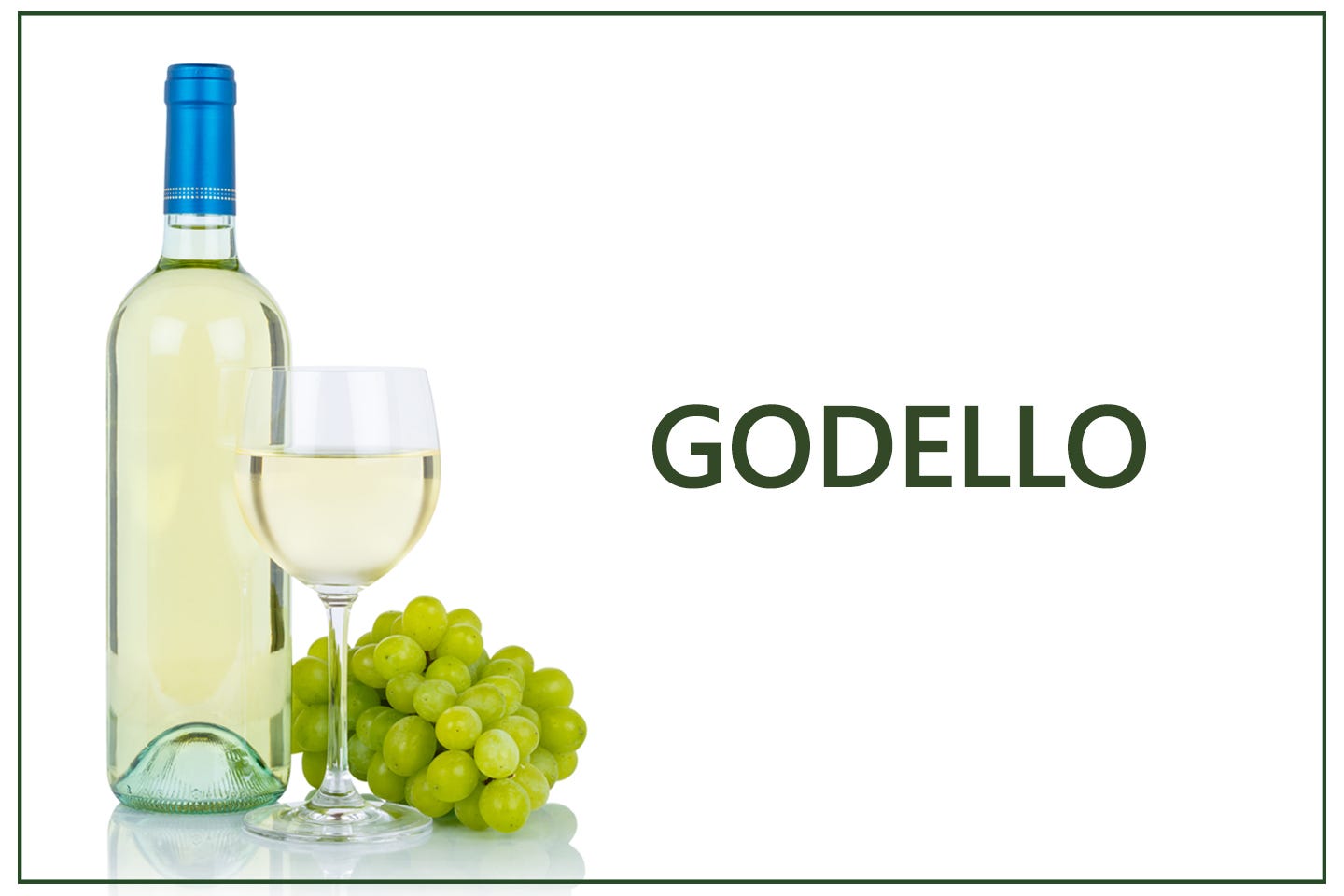Godello
This article was first published on our old site, Simply Spanish Wine.
History of Godello
We’re lucky to have Godello with us because it nearly went extinct. Firstly, it was hit by phylloxera. Phylloxera is an insect that plagued European vineyards in the 19th century and had a massive impact on the Spanish wine landscape. And whilst you can still find vines that date back to pre-phylloxera days, a lot of Galicia’s vineyards were impacted by the plague.
On top of that, the grape itself isn’t that easy to work with. It can be difficult to cultivate and often delivers low yields. Combine that with a series of export limitations that Franco introduced – not just on wine, but on a range of Spanish products – and many winemakers just felt Godello wasn’t worth the effort.
Fortunately, we didn’t lose Godello forever. And for that we can thank Horacio Fernández Presa.
In the 1970s, he launched a project called REVIVAL which focused on restructuring vineyards in Valdeorras - one of the 5 Denominaciones de Origen in Galicia - and reviving native grapes in the region – most notably Godello.
Thanks to Horacio’s work we are still enjoying Godello today. And the winemakers of Valdeorras continue to pay homage to the man they call the father of Godello.
Where is Godello found?
As we’ve seen, Godello is primarily produced in Valdeorras as well as in Monterrei, another Galician DO. But you’ll also find it being used across the border in the Bierzo region of Castilla y León. These regions, especially Galicia, offer cool wet climates, mountainous landscape, and granite and slate soils, which provide perfect conditions for the Godello grape really help to give it the minerality that characterizes these wines.
What are the characteristics of Godello wines?
Godello can take quite a bit of work to get the best out of it. It’s an early-ripening grape that delivers quite low yields. This means it certainly doesn’t work for mass-produced wines.
That has its pros and cons. On the one hand, it means you’re almost always going to get a well-crafted wine with Godello. But it also means you may have to pay a touch more for it.
The wines you get from Godello tend to be straw-coloured with good acidity, plenty of body and slightly higher levels of alcohol than other whites.
You can expect strong fruit flavours – a mixture of citrus and green apple together with sweeter fruits like peach. But you’ll also get a touch of salt and that mineral flavour we mentioned before. You really can sense the slate coming through in the taste of this wine. That makes it more complex and structured than normal whites.
Usually, Godello is fermented in stainless steel vats to avoid messing with that fruit and mineral combination. But it does sometimes get aged in wooden barrels, which can give it a slightly nutty or toasted flavour and can make it quite similar to a Chardonnay.
What food pairs well with Godello wines?
Because of that combination of flavours, Godello wines go really well with shellfish, but the fact that they have more body and more complex characteristics means they also work with stronger flavours like octopus with paprika or anchovies and it’s a great accompaniment to cheeses.
What Godello wines should I try?
If you’re looking to try a Godello wine, why not start with the entry-level Godello from Casar de Burbia. It’s an elegant wine with floral, spice and green fruit aromas against a more mineral and citrus background. Its eight months on lees helps provide structure, with lots of volume and unctuosity. Nicely balanced acidity, with a pleasing citrus and mineral aftertaste.
Or if you want a more gastronomic option, try their Godello Barrica. It’s fermented in used 500 and 600-litre French oak barrels where it remains on its lees ageing for 12 months with regular batonnage to avoid any reductive aromas developing. The wine then spends a further 7 months on its lees in stainless steel tanks where it slowly stabilizes before bottling.
A lot of work goes into this wine – and you can tell. It’s delicious and complex with a blend of tropical fruit aromas like peach, mango and a touch of citrus. That’s all held together by a mineral thread thanks to the higher, stonier plots where the grapes were grown. There’s more tropical fruit on the palate, coupled with a delicious acidity that lingers in the mouth.
In summary
If you haven’t tasted Godello before we really recommend you pick up a bottle and give it a try. And if you’re not sure where to start then simply pick one of the wines above and start enjoying.






